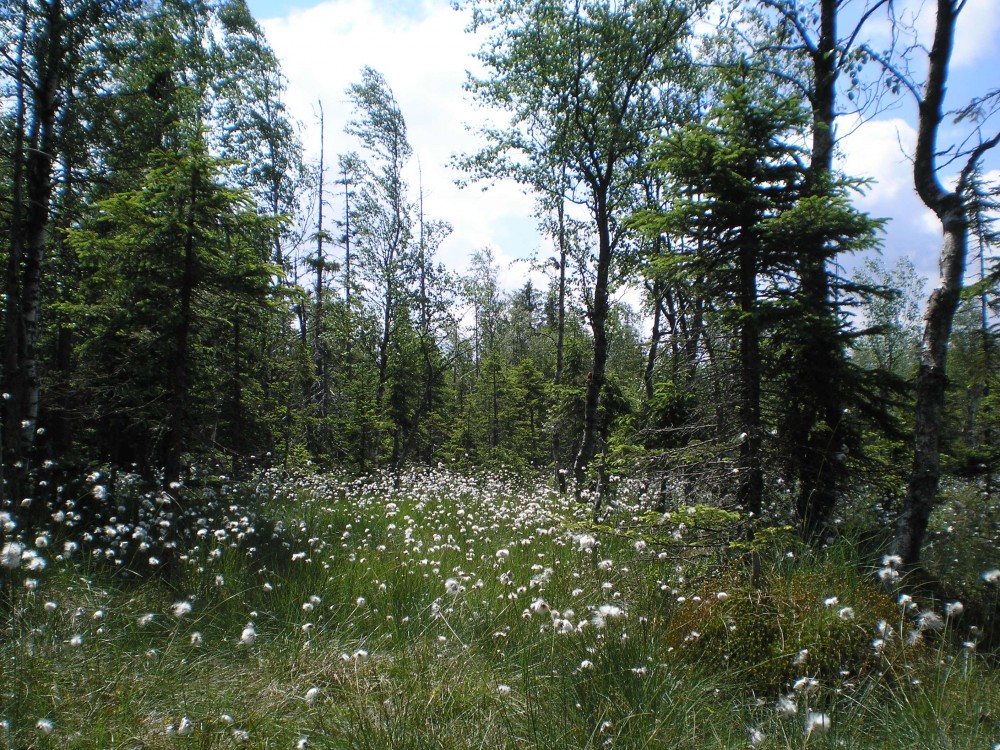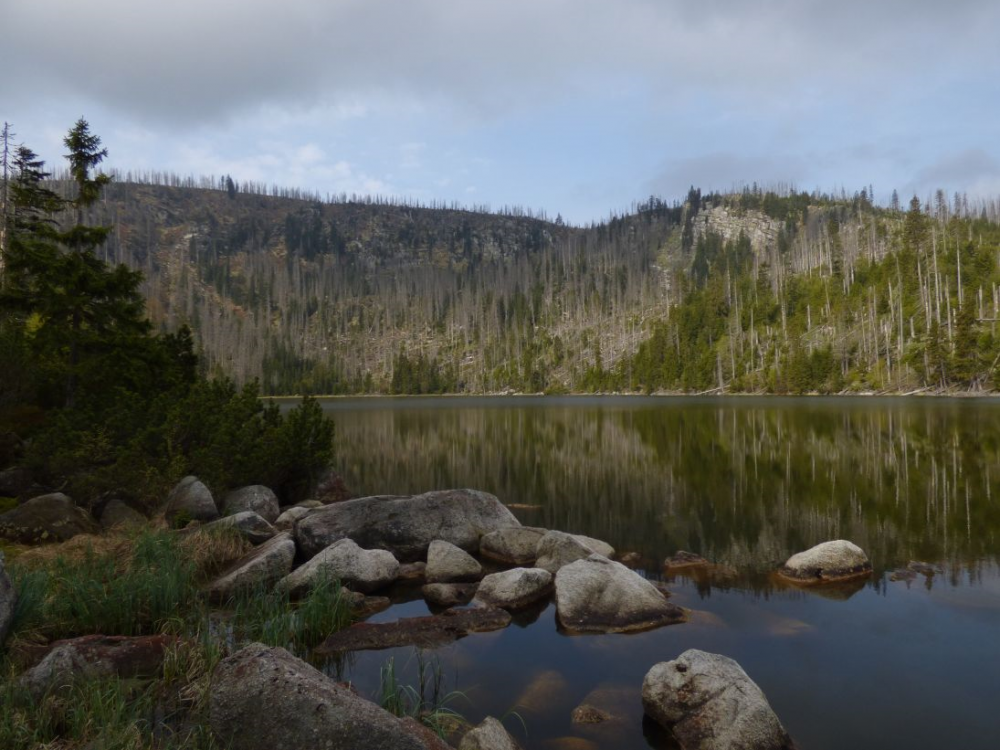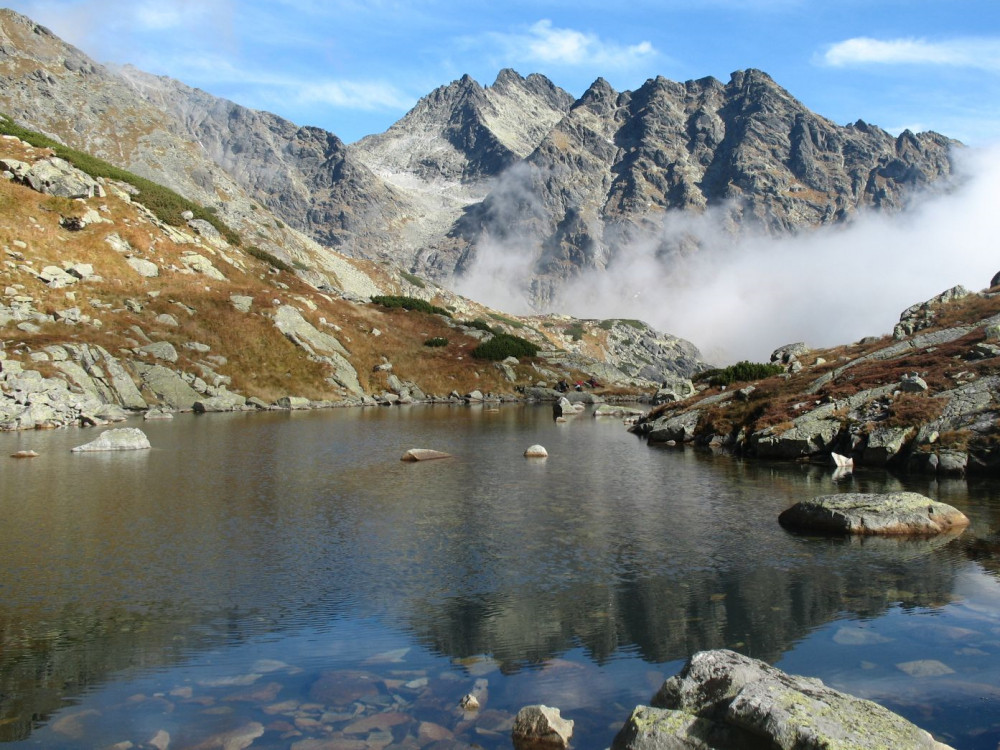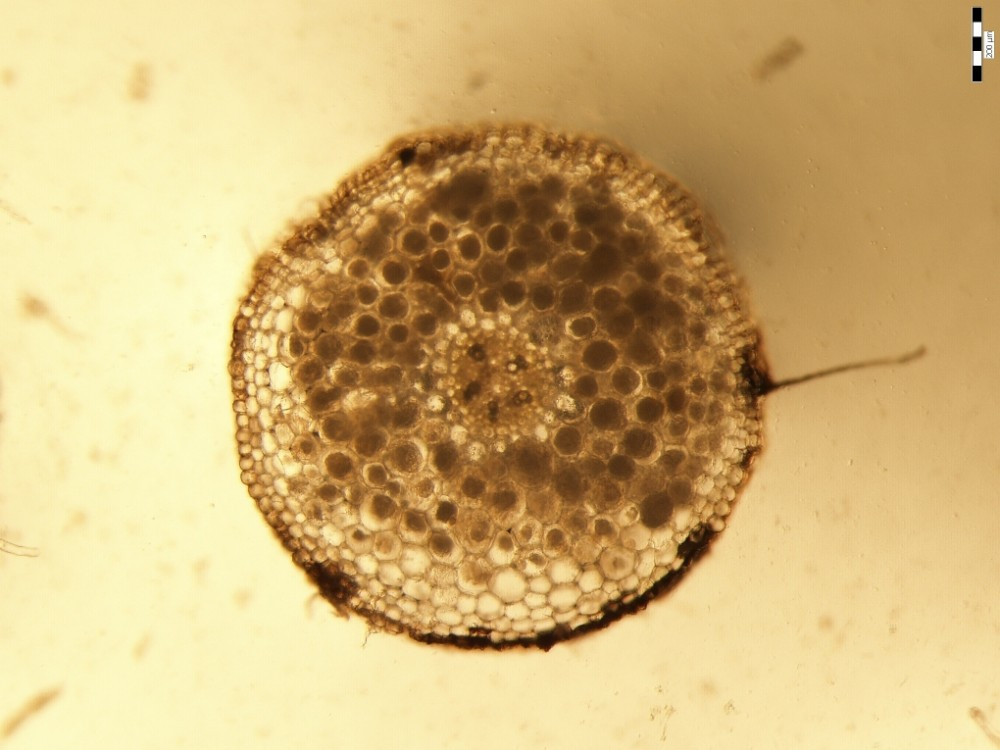Monitoring and large-scale survey of the presence and distribution of the endangered diving beetles Graphoderus bilineatus and Dytiscus latissimus in the Czech Republic
Principal investigator: Václav Křivan, ZO ČSOP Kněžice
(Co)investigator from the Department: David Boukal
Duration: 2012 to 2015
Project goals:
The main aim of the project is to establish current distribution area of the endangered diving beetle Graphoderus bilineatus and to confirm whether the presumably extinct diving beetle Dytiscus latisssimus still occurs in the Czech Republic, and we also investigate habitat preferences of a wider range of predatory insect taxa.
Project description:
The project is focused on the mapping of water beetle communities in more or less extensively managed standing water bodies in the Czech Republic. It is based mainly on live trapping.
Related links:
http://www.entu.cas.cz/boukal/projects.html
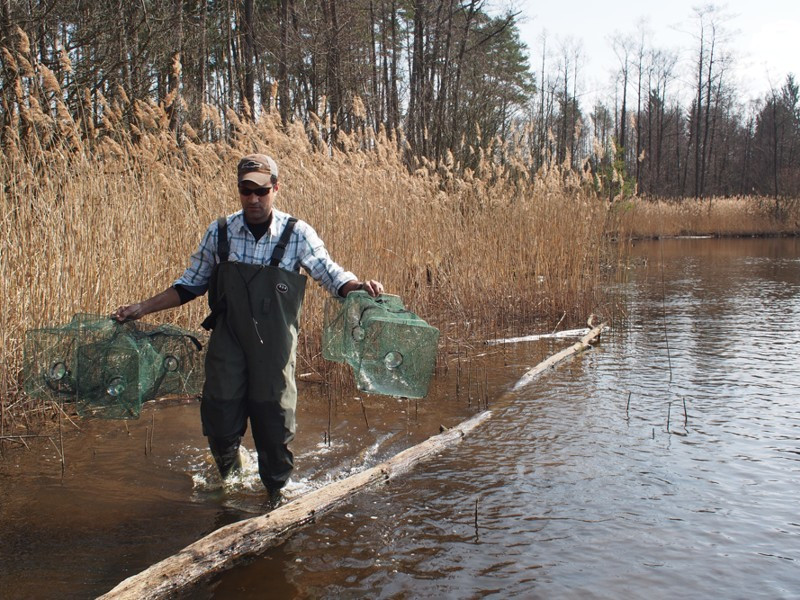
- Hits: 11354
